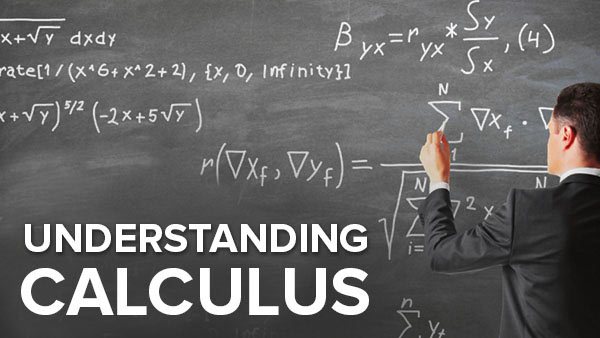

This occurs when the angle A is between π and 2π radians (180 and 360 degrees). Sine is negative in the 3 rd and 4th quadrants, when the y-coordinate is below the x-axis. This occurs when the angle A is between 0 and π radians (0 and 180 degrees). Sine is positive in the 1 st and 2 nd quadrants, when the y-coordinate is above the x-axis. Let’s review when sine is positive, negative, zero, and undefined. Function Q1 Q2 Q3 Q4 Sine + + – – Cosine + – – + Tangent + – + – Secant + – – + Cosecant + + – – Cotangent + – + – This table shows the sign of each trig The table below summarizes the signs of tangent, secant, cosecant, and cotangent, based on the signs of sin(A) and cos(A). Note that tangent, secant, cosecant, and cotangent can be undefined when they have zero denominators (this can happen when either sine or cosine are equal to zero – more on this later). If sin(A) and cos(A) have opposite signs, then tan(A) is negative. So, for example, if sin(A) and cos(A) have the same sign, then tan(A) must be positive. Once we know the signs of the sine and cosine functions, we can easily find the signs of the other trig functions: If the point P is below the x-axis, then y P is negative, and so sin(A) must be negative.If the point P is above the x-axis, then y P is positive, and so sin(A) must be positive.Similarly, we can think of a point P as being either above or below of the x-axis: If the point P is to the left of the y-axis, then x P is negative, and so cos(A) must be negative.If the point P is to the right of the y-axis, then x P is positive, and so cos(A) must be positive.Well, we can think of a point P as being either to the left or to the right of the y-axis: So, how does this help us with the signs of trig functions? In other words, the cosine of the angle A gives us the x coordinate of the point P, and the sine of the angle A gives us the y coordinate of the point P (note that this only works for points on the unit circle centered at the origin).įor a circle of radius R centered at the origin, the point P would have coordinates: If the point P has coordinates (x P, y P) and the angle between OP and the x-axis is A, then we have: The x and y coordinates of a point on a circle are the cosine and sine of the corresponding angle A (here, the angle is t). You can see a graph with the quadrant labels below. C = 4 th Quadrant (bottom right): Cosine is positive (along with secant, the reciprocal of cosine).T = 3 rd Quadrant (bottom left): Tangentis positive (along with cotangent, the reciprocal of tangent).S = 2 nd Quadrant (top left): Sineis positive (along with cosecant, the reciprocal of sine).A = 1 st Quadrant (top right): All trig functions are positive.We assign each quadrant a letter as follows: We can use the memory device ASTC (all students take calculus) to keep track of the signs of trigonometric functions by quadrant. Trigonometric Functions & Their Signs By Quadrants

By Coordinates – remember that the cosine of an angle gives us the x coordinate of the corresponding triangle, and the sine gives us the y coordinate of the corresponding triangle (more detail on this below).By Quadrant – use the memory device ASTC (all students take calculus) to label the 4 quadrants and find out which functions are positive or negative (more detail on this below).There are two methods to help you remember the signs of trigonometric functions: We’ll also talk about some special cases (when the trig functions are zero or undefined). In this article, we’ll talk about ways to remember the signs of trigonometric functions, depending on what quadrant they are in (and the related angles). Of course, once you know the signs of sine, cosine, and tangent in a given quadrant, you can also find the signs of their reciprocal trig functions (cosecant, secant, and cotangent). Also, cosine is the x-coordinate of a point on the unit circle, and sine is the y-coordinate of a point on the unit circle. A means all trig functions are positive and S, T, C stand for sine, tangent, & cosine. So, how do you remember trigonometric functions and their signs? Use the memory device ASTC (all students take calculus) to label quadrants 1, 2, 3, & 4.

However, it can be tricky to remember the signs of these functions. Trigonometric functions are often used in math (including calculus), and they also have real-life applications (such as signal processing).


 0 kommentar(er)
0 kommentar(er)
